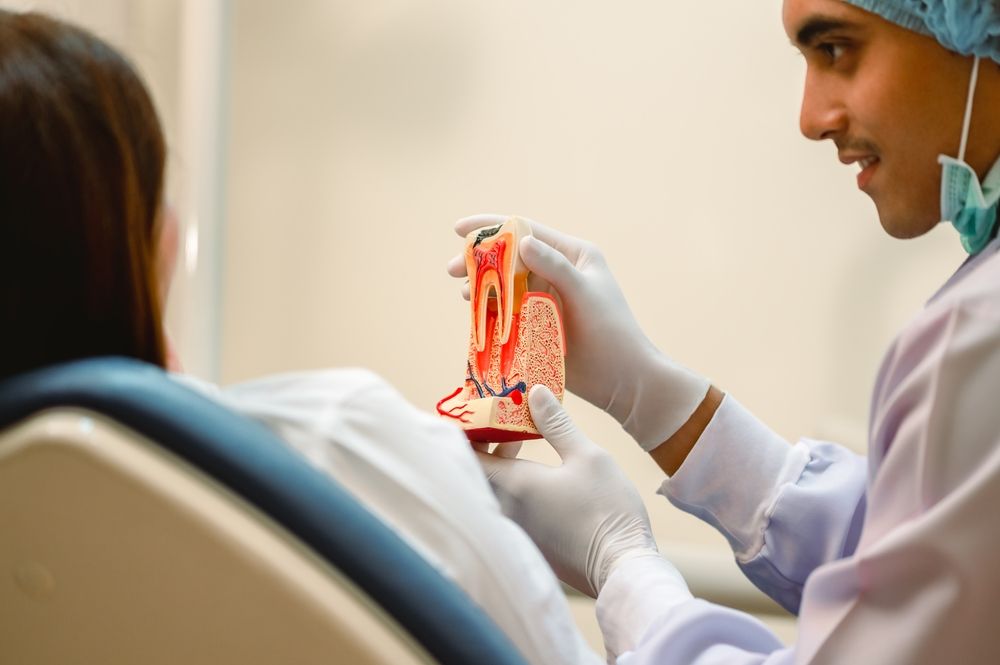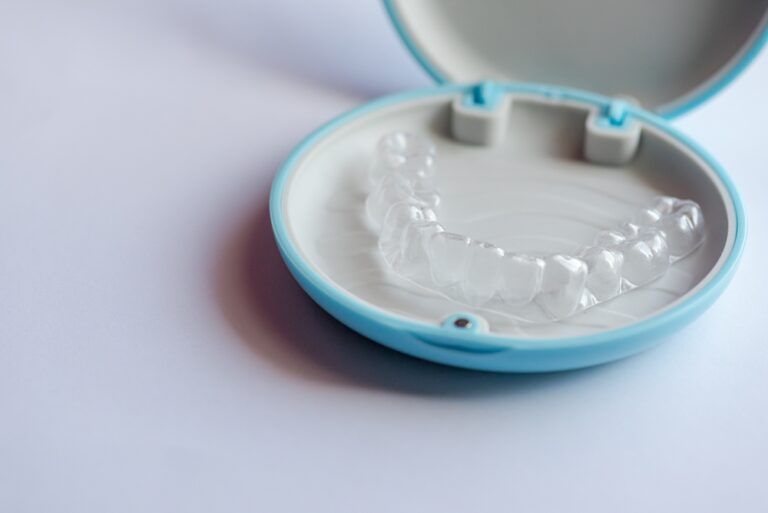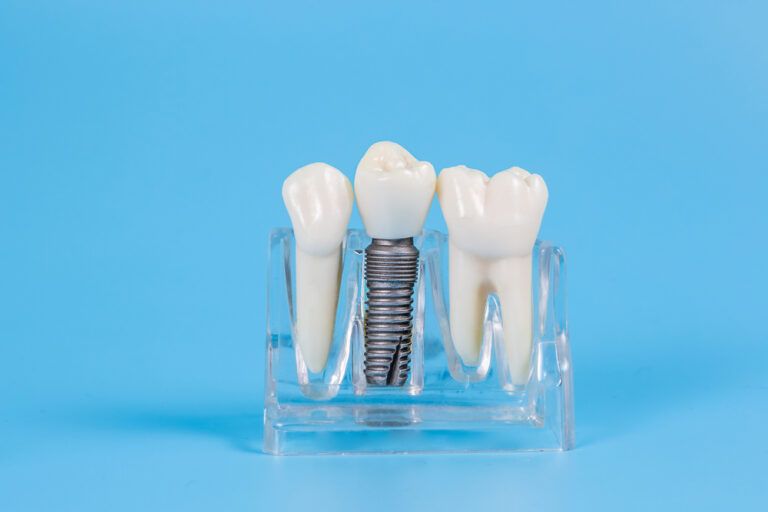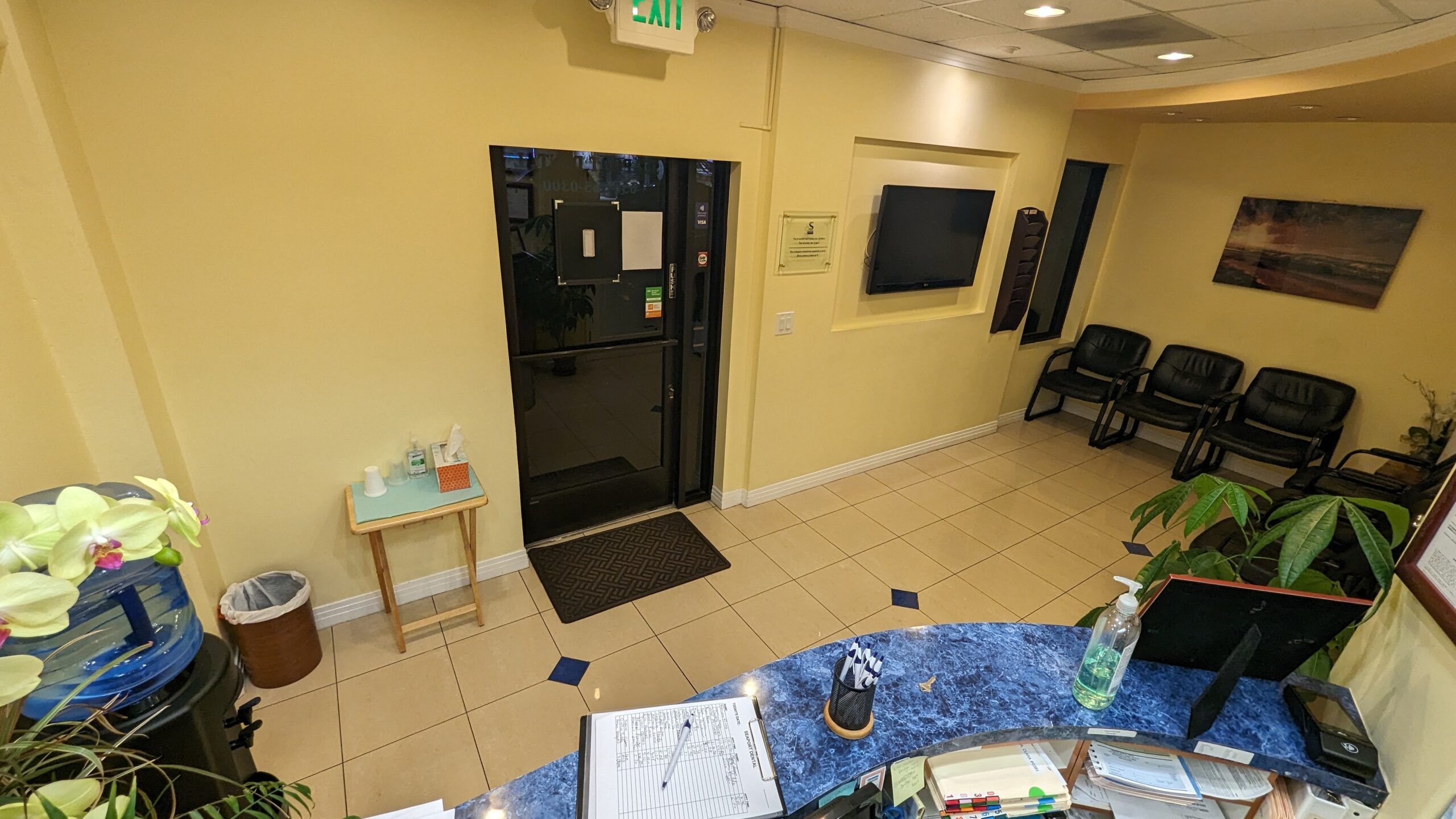Root canals are often misunderstood and unfairly stigmatized as one of dentistry’s most dreaded procedures. Many myths and misconceptions have clouded the truth about what root canals are and why they are essential. Dr. Steve Deng, DDS of Seaport Family Dental in Redwood City, CA, aims to demystify the process, explaining its necessity, procedure, and long-term benefits. By the end of this comprehensive guide, you’ll understand why root canals are not as daunting as they seem and how they can save your teeth and improve oral health.
Understanding the Root Canal: What It Is and Why It’s Necessary
A root canal is a dental procedure designed to treat infection or damage within the tooth’s pulp, the soft tissue inside the tooth that contains nerves and blood vessels. When the pulp becomes infected due to decay, cracks, or trauma, it can cause severe pain and lead to more serious complications if left untreated.
Signs You Might Need a Root Canal
Here are some symptoms that might indicate you need a root canal:
- Severe toothache: Persistent pain that doesn’t go away with over-the-counter painkillers.
- Sensitivity to hot or cold: Prolonged sensitivity even after removing the stimulus.
- Swelling and tenderness: Gums around the tooth may become swollen and tender.
- Darkening of the tooth: A tooth that has become discolored or darkened.
- Pimple on the gums: There is a recurring or persistent pimple-like bump on the gums.
If you experience any of these symptoms, consult Dr. Steve Deng at Seaport Family Dental for a thorough examination.
Why a Root Canal is Necessary
Without a root canal, the infection can spread beyond the tooth, leading to abscesses, gum disease, and even systemic health issues. The procedure alleviates pain and preserves the natural tooth structure, preventing the need for more extensive treatments like extractions and dental implants.
The Root Canal Procedure: Step-by-Step Breakdown
The root canal procedure is often perceived as complex and painful, but it is a straightforward process designed to relieve pain and restore oral health. Here’s a step-by-step guide to what happens during a root canal:
- Diagnosis and Preparation: Dr. Deng will begin by thoroughly examining your tooth, often using X-rays to determine the extent of the damage or infection. Local anesthesia will then be administered to numb the area, ensuring a painless experience during the procedure.
- Accessing the Pulp: A small opening is made in the tooth to access the infected pulp. This opening allows Dr. Deng to reach the root canals and pulp chamber.
- Removing the Infected Pulp: The infected or damaged pulp is carefully removed using specialized instruments. This step is crucial for eliminating the infection and preventing further damage.
- Cleaning and Shaping the Canals: Once the pulp is removed, the canals are thoroughly cleaned and shaped to prepare them for filling. This cleaning process removes any remaining bacteria and debris, reducing the risk of future infection.
- Filling the Canals: The cleaned canals are filled with a biocompatible material called gutta-percha, which seals the canals and prevents re-infection. The access opening is then sealed with a temporary or permanent filling.
- Restoring the Tooth: In most cases, a crown is placed over the tooth to restore its strength and functionality. Dr. Deng will discuss the best options for your specific situation, ensuring your tooth looks and functions like a natural tooth.
Debunking Root Canal Myths
Root canals have been the subject of many myths, leading to unnecessary fear and anxiety. Here are some common myths and the truth behind them:
Myth 1: Root Canals are Painful
Truth: With modern dental techniques and anesthesia, root canals are no more painful than a routine filling. The procedure aims to relieve pain caused by an infected or damaged tooth.
Myth 2: Extraction is a Better Option
Truth: Preserving your natural tooth is always the best option. Root canals allow you to keep your tooth structure intact, which is crucial for maintaining proper alignment and preventing jawbone deterioration.
Myth 3: Root Canals Cause Illness
Truth: This myth stems from outdated studies that have been debunked by modern science. Root canals are safe and effective procedures that do not cause systemic illnesses.
The Long-Term Benefits of Root Canals
Root canals offer several long-term benefits that contribute to overall oral health:
1. Pain Relief and Infection Control
By removing the infected pulp, root canals eliminate the source of pain and infection. This results in immediate pain relief and prevents the spread of infection to surrounding tissues.
2. Preservation of Natural Teeth
Keeping your natural teeth is essential for maintaining a healthy bite and preventing issues like shifting teeth and jawbone loss. Root canals allow you to preserve your natural teeth, which is always the preferred option over extraction.
3. Cost-Effective Solution
While the upfront cost of a root canal may seem high, it is often more cost-effective in the long run. Preserving your natural tooth reduces the need for more expensive procedures like implants and bridges.
The Role of Technology in Modern Root Canals
Advancements in dental technology have made root canal procedures more efficient and comfortable than ever before. At Seaport Family Dental, Dr. Steve Deng utilizes state-of-the-art equipment to ensure the highest standard of care.
- Digital Imaging: Digital X-rays and 3D imaging provide detailed views of the tooth’s structure, allowing for precise diagnosis and treatment planning.
- Rotary Instruments: Modern rotary instruments make cleaning and shaping the canals faster and more effective, improving the overall success rate of the procedure.
- Laser Therapy: In some cases, laser technology is used to disinfect the canals, ensuring a thorough cleaning and reducing the risk of reinfection.
Aftercare and Recovery: What to Expect
Recovery from a root canal is typically quick, with most patients returning to normal activities within a day. Here are some tips for a smooth recovery:
Post-Procedure Care
- Pain Management: Over-the-counter pain relievers can help manage any discomfort after the procedure.
- Avoid Hard Foods: Stick to soft foods for a few days to avoid putting pressure on the treated tooth.
- Maintain Oral Hygiene: Regularly brushing and flossing to keep your mouth healthy.
Follow-Up Appointments
Dr. Deng will schedule follow-up appointments to monitor the healing process and ensure the success of the procedure. If a crown is needed, it will be placed during these visits.
Root Canals as a Gateway to Better Oral Health
Root canals are not the fearsome procedures they are often made out to be. They are vital treatments that save teeth, alleviate pain, and prevent further oral health complications. With modern dental techniques and the expertise of professionals like Dr. Steve Deng at Seaport Family Dental, root canals are safe, efficient, and effective solutions for maintaining optimal oral health.
Embracing the benefits of root canals can lead to a healthier smile and a better quality of life. If you suspect you need a root canal or have questions about the procedure, don’t hesitate to reach out to Seaport Family Dental in Redwood City, CA. Dr. Deng and his team are dedicated to providing personalized care and ensuring a positive dental experience for all patients.
Sources
- Smith, A. J., Robertson, D., & Stevenson, C. (2015). Efficacy of Root Canal Treatments in Preserving Natural Teeth. Journal of Endodontics.
- Cohen, S., & Burns, R. C. (2012). Pathways of the Pulp. Elsevier Health Sciences.









